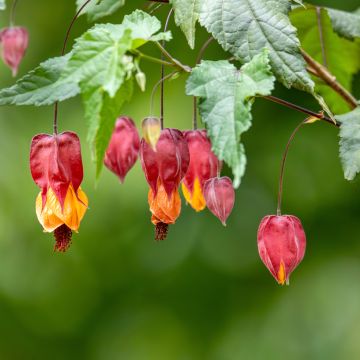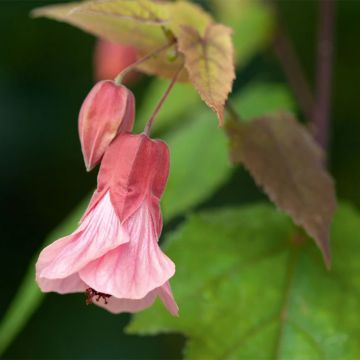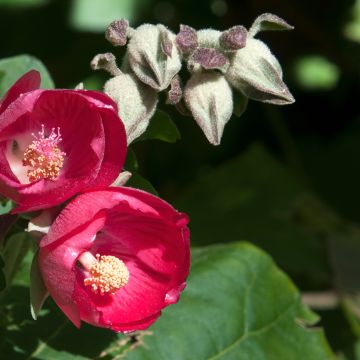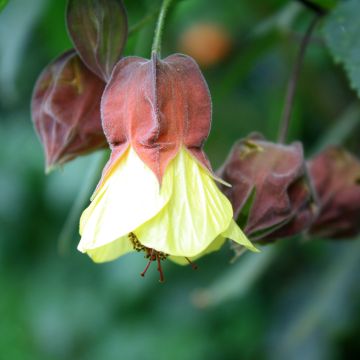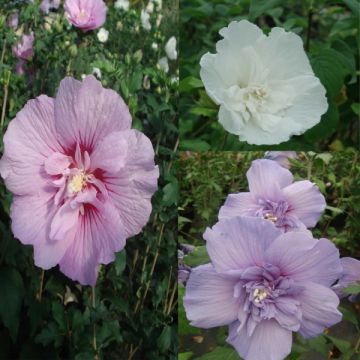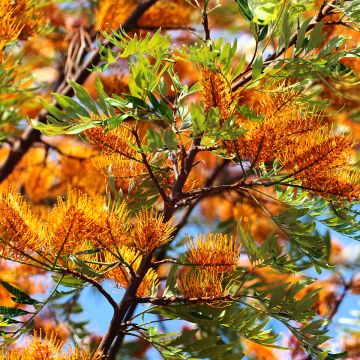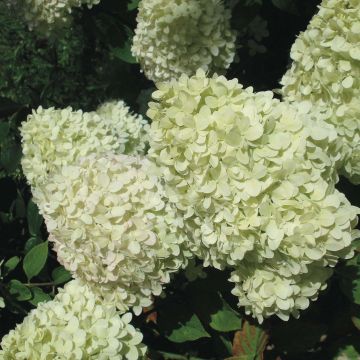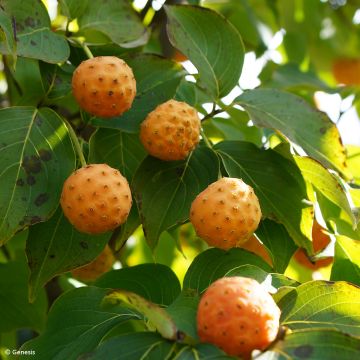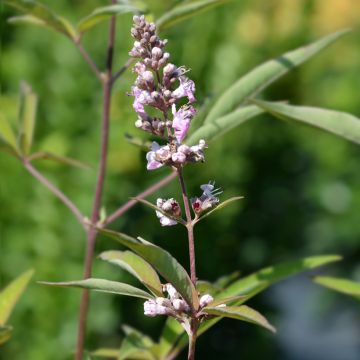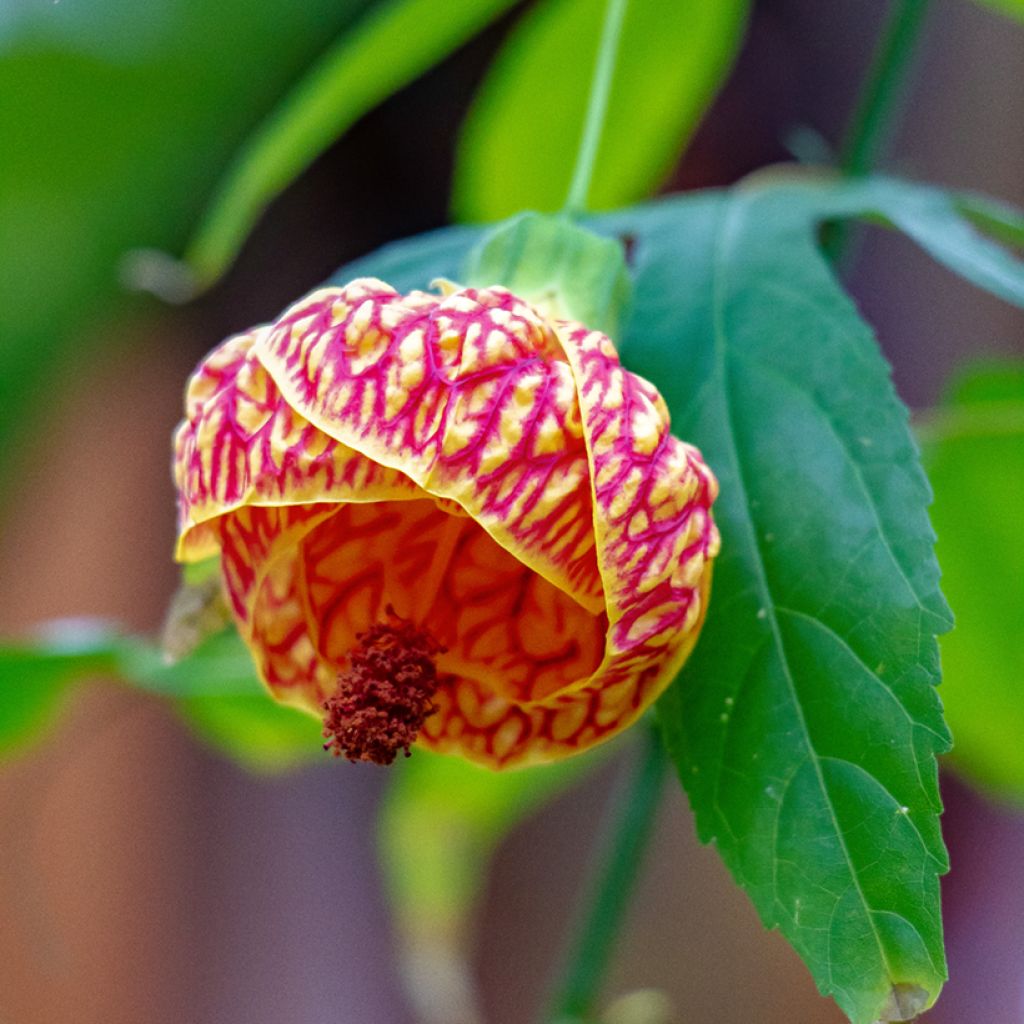

Abulilon striatum (pictum) Redvein
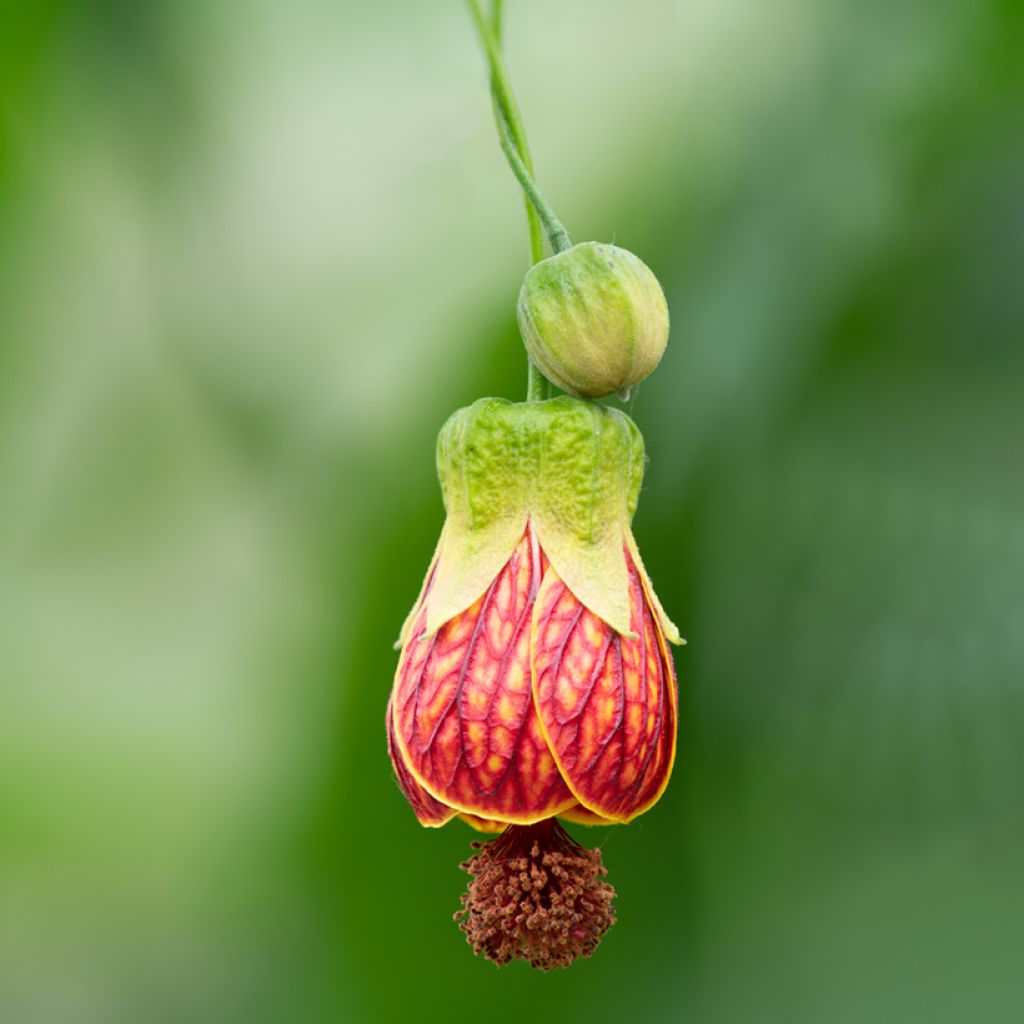

Abulilon striatum (pictum) Redvein
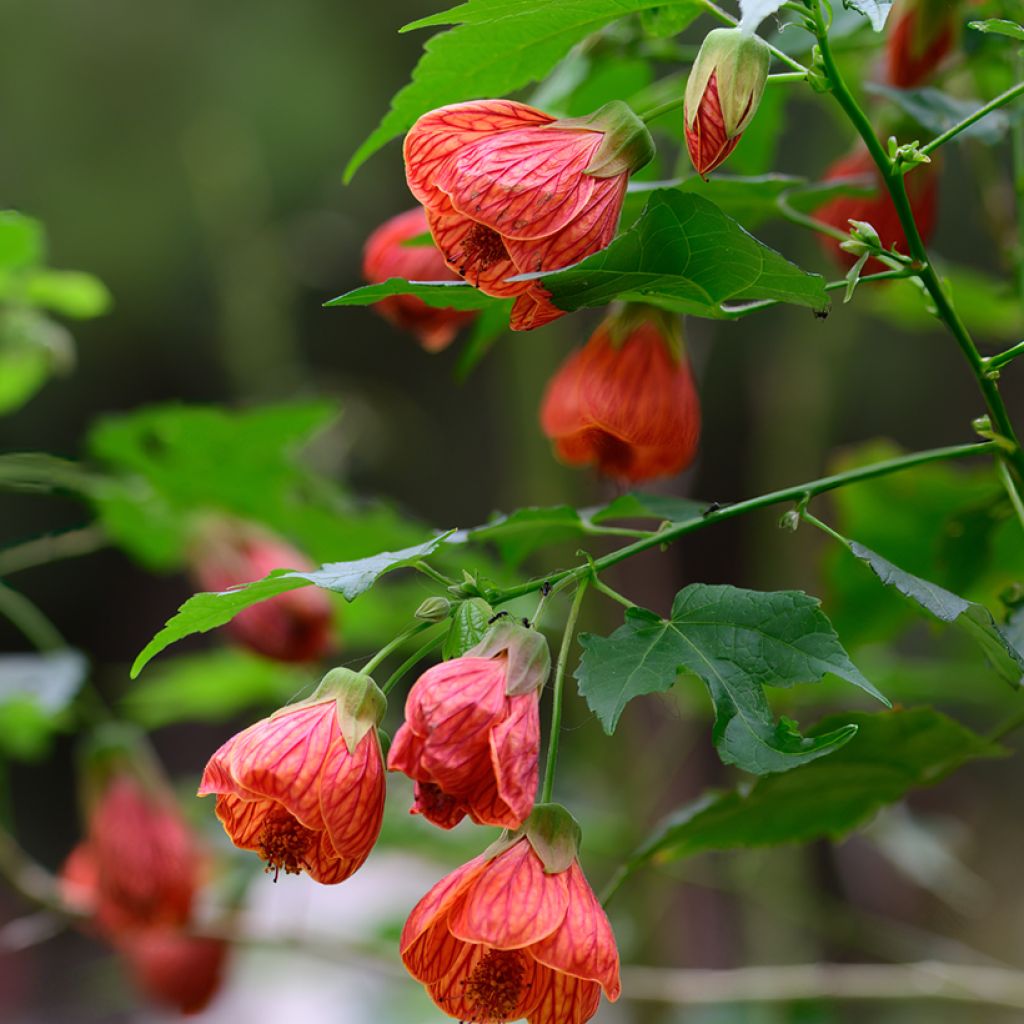

Abulilon striatum (pictum) Redvein
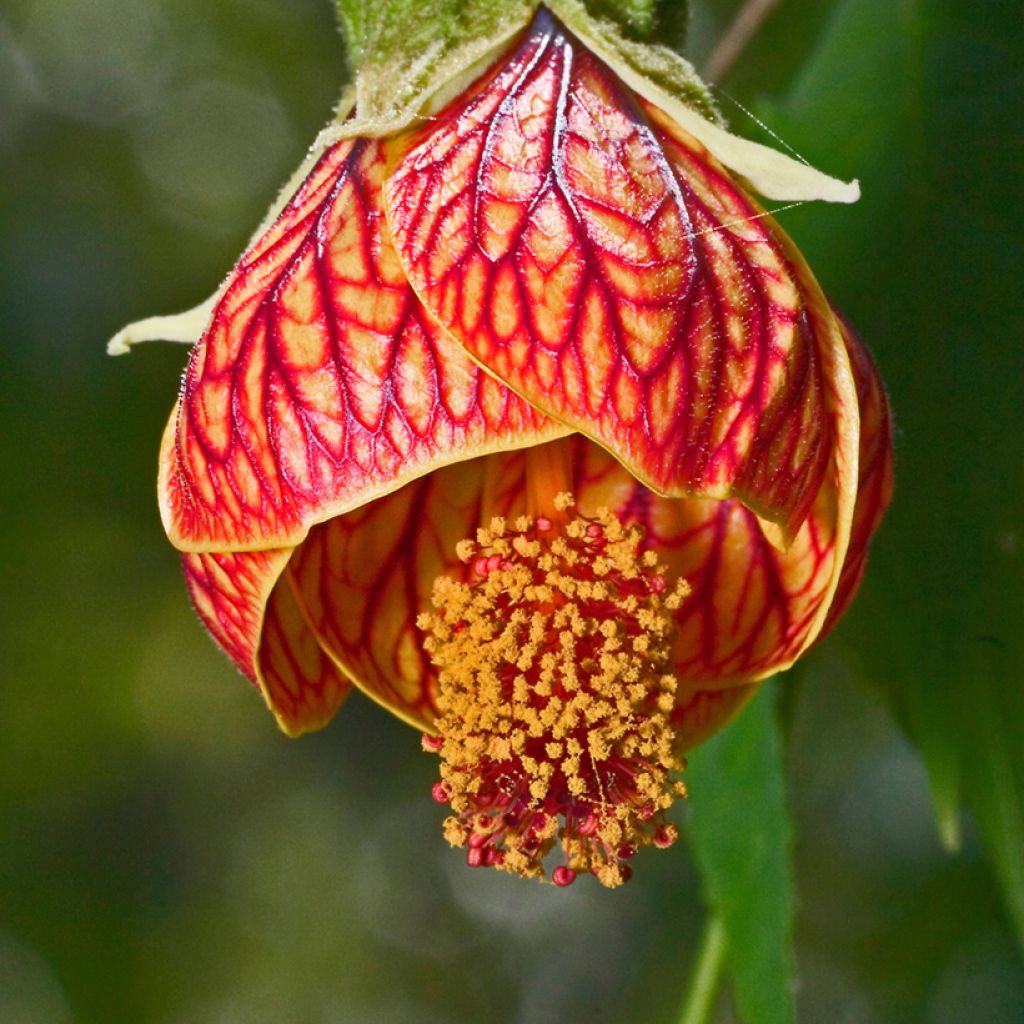

Abulilon striatum (pictum) Redvein
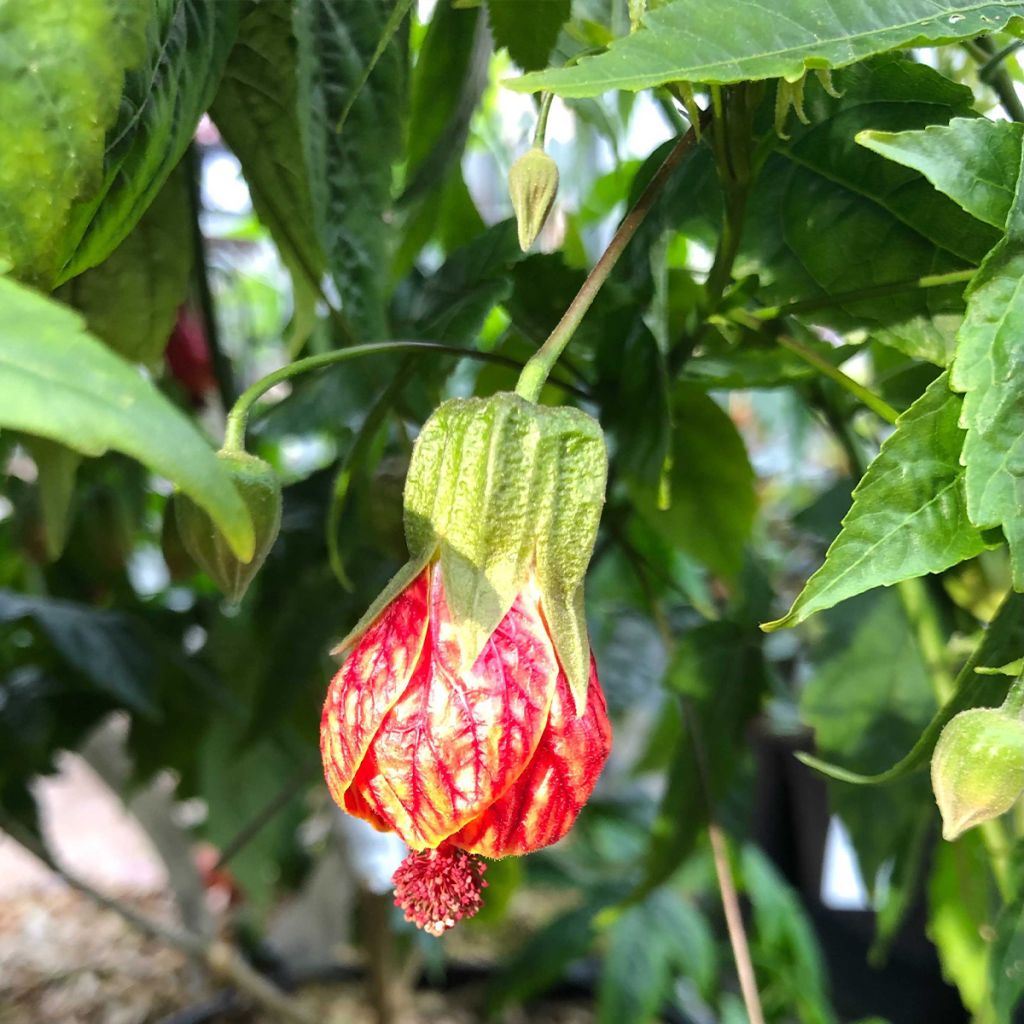

Abulilon striatum (pictum) Redvein
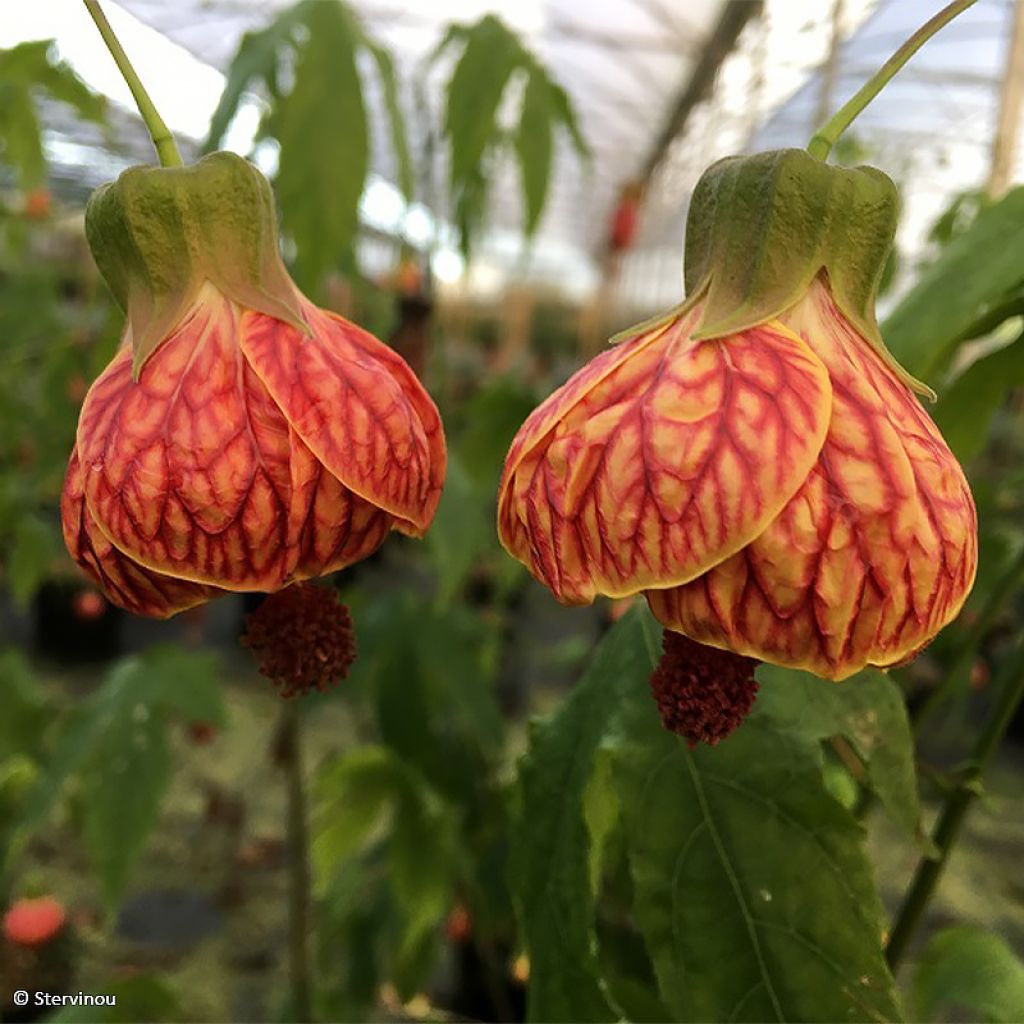

Abulilon striatum (pictum) Redvein
Abulilon striatum (pictum) Redvein
Abulilon striatum Redvein
painted abutilon
This item cannot be shipped to the selected country
Delivery charge from €5.90
More information
Schedule delivery date,
and select date in basket
This plant carries a 24 months recovery warranty
More information
We guarantee the quality of our plants for a full growing cycle, and will replace at our expense any plant that fails to recover under normal climatic and planting conditions.
From €5.90 for pickup delivery and €6.90 for home delivery
Express home delivery from €8.90.

Does this plant fit my garden?
Set up your Plantfit profile →
Description
Abutilon striatum 'Redvein' is a hardy bush that will delight exotic plant lovers. Its tender green palmate foliage perfectly showcases an endless flamboyant flowering. It grows quickly and thrives in rich, slightly moist and well-drained soil, but it is only moderately hardy. This abutilon is perfect for decorating terraces or gardens that are spared from severe frost. It can also be grown in a large pot in cold climates if overwintered in an unheated conservatory, for example.
The Abutilon striatum, commonly known as 'Redvein' belongs to the mallow family and is a relative of hibiscus and mallows. This bush is native to South America, particularly southern Brazil. In our climates, this variety will reach average dimensions of 2m (6.56 ft) in height and 1m (3.28 ft) in width after 10 years, sometimes more when planted in the ground. Its growth is rapid and its lifespan is relatively long, especially if faded flowers are removed to prevent seed production. The flowering period extends from June to October and is halted by the first frost. Pendulous flowers appear on young branches, held by long petioles. They start as globular buds and open into cup-shaped flowers with 5 overlapping petals. The colour is a heavily veined orange with dark red. A prominent column, containing the pistil and stamens in shades of orange and yellow, sits in the centre. Each flower has a short lifespan, but they continuously bloom on the bush. The foliage remains as long as it does not freeze. The leaves are palmate, divided into 3 to 5 lobes with finely serrated edges. They are a beautiful light green colour. The flowering is followed by the formation of numerous seeds that will germinate in spring. This abutilon is capable of regrowing from the stump after experiencing -7°C (19.4°F) if properly protected.
Moderately hardy and relatively drought-resistant once established, the 'Redvein' abutilon is a colourful, generous and tolerant bush. It can be planted in the ground in a microclimate provided it is sheltered from wind and salt spray. Elsewhere, it can be easily grown in a large pot and exposed on the terrace from April to October, in order to protect it from severe cold in winter. It pairs well with Solanums, Sollya heterophylla, Campsis capreolata, Hardenbergia violacea or Black-eyed Susans, other generous climbing plants with exotic charm.
Report an error about the product description
Abulilon striatum (pictum) Redvein in pictures


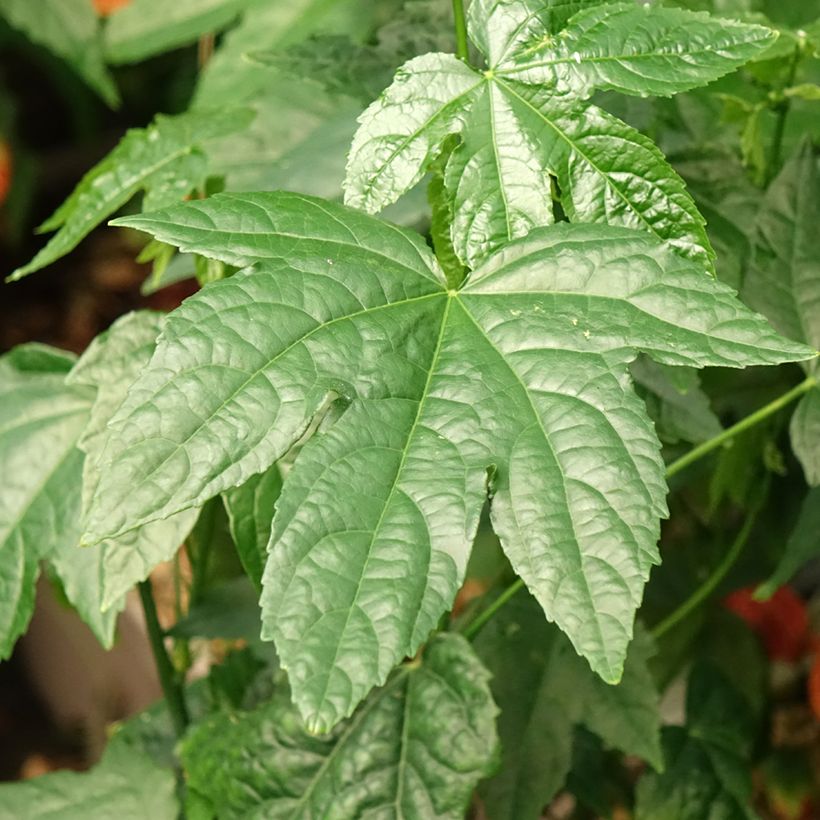

Plant habit
Flowering
Foliage
Botanical data
Abulilon
striatum
Redvein
Malvaceae
painted abutilon
Abutilon pictum
South America
Other Abutilon
Planting and care
Plant 'Redvein' Abutilon in spring, in an area well-sheltered from the wind, sunny to semi-shady. Plant in loose, fertile soil, rich in compost and well-drained. In a pot, the growing medium should not completely dry out, without being waterlogged (no full saucer of water under the pot). In the ground, a mild drought is tolerated, but it will reduce the flowering of the bush.
In the ground: dig a deep planting hole, add some compost and sand to your garden soil to improve soil quality if needed. Water abundantly after planting and in summer, during periods of high heat, especially during the first two years. Regularly remove faded flowers to prolong the lifespan of this bush, which can die from producing too many seeds. It is recommended to lightly prune every year, in late winter to maintain a more branching habit and promote the appearance of flowering branches.
Pot cultivation:
Choose a large pot with drainage holes at the bottom, with a volume of 30 to 40 litres. Ensure good drainage by placing a layer of 3cm (1.2in) of gravel, terracotta shards, or clay pellets at the bottom. Fill with a mixture composed of half garden soil, a quarter leaf compost, and a quarter coarse sand. A good quality horticultural compost will also be suitable. The potting medium should be rich in nutrients and kept slightly moist throughout the growing season. The potted abutilon requires more frequent watering during the hottest months and regular application of flowering plant fertilizer from May to September. In winter, reduce watering and stop fertilizing. Store the plant in a bright, unheated, well-ventilated location, away from frost.
The abutilon is susceptible to whiteflies, red spider mites, and scale insects, especially when grown in a greenhouse.
Planting period
Intended location
Care
-
, onOrder confirmed
Reply from on Promesse de fleurs
Summer-flowering shrubs
Haven't found what you were looking for?
Hardiness is the lowest winter temperature a plant can endure without suffering serious damage or even dying. However, hardiness is affected by location (a sheltered area, such as a patio), protection (winter cover) and soil type (hardiness is improved by well-drained soil).

Photo Sharing Terms & Conditions
In order to encourage gardeners to interact and share their experiences, Promesse de fleurs offers various media enabling content to be uploaded onto its Site - in particular via the ‘Photo sharing’ module.
The User agrees to refrain from:
- Posting any content that is illegal, prejudicial, insulting, racist, inciteful to hatred, revisionist, contrary to public decency, that infringes on privacy or on the privacy rights of third parties, in particular the publicity rights of persons and goods, intellectual property rights, or the right to privacy.
- Submitting content on behalf of a third party;
- Impersonate the identity of a third party and/or publish any personal information about a third party;
In general, the User undertakes to refrain from any unethical behaviour.
All Content (in particular text, comments, files, images, photos, videos, creative works, etc.), which may be subject to property or intellectual property rights, image or other private rights, shall remain the property of the User, subject to the limited rights granted by the terms of the licence granted by Promesse de fleurs as stated below. Users are at liberty to publish or not to publish such Content on the Site, notably via the ‘Photo Sharing’ facility, and accept that this Content shall be made public and freely accessible, notably on the Internet.
Users further acknowledge, undertake to have ,and guarantee that they hold all necessary rights and permissions to publish such material on the Site, in particular with regard to the legislation in force pertaining to any privacy, property, intellectual property, image, or contractual rights, or rights of any other nature. By publishing such Content on the Site, Users acknowledge accepting full liability as publishers of the Content within the meaning of the law, and grant Promesse de fleurs, free of charge, an inclusive, worldwide licence for the said Content for the entire duration of its publication, including all reproduction, representation, up/downloading, displaying, performing, transmission, and storage rights.
Users also grant permission for their name to be linked to the Content and accept that this link may not always be made available.
By engaging in posting material, Users consent to their Content becoming automatically accessible on the Internet, in particular on other sites and/or blogs and/or web pages of the Promesse de fleurs site, including in particular social pages and the Promesse de fleurs catalogue.
Users may secure the removal of entrusted content free of charge by issuing a simple request via our contact form.
The flowering period indicated on our website applies to countries and regions located in USDA zone 8 (France, the United Kingdom, Ireland, the Netherlands, etc.)
It will vary according to where you live:
- In zones 9 to 10 (Italy, Spain, Greece, etc.), flowering will occur about 2 to 4 weeks earlier.
- In zones 6 to 7 (Germany, Poland, Slovenia, and lower mountainous regions), flowering will be delayed by 2 to 3 weeks.
- In zone 5 (Central Europe, Scandinavia), blooming will be delayed by 3 to 5 weeks.
In temperate climates, pruning of spring-flowering shrubs (forsythia, spireas, etc.) should be done just after flowering.
Pruning of summer-flowering shrubs (Indian Lilac, Perovskia, etc.) can be done in winter or spring.
In cold regions as well as with frost-sensitive plants, avoid pruning too early when severe frosts may still occur.
The planting period indicated on our website applies to countries and regions located in USDA zone 8 (France, United Kingdom, Ireland, Netherlands).
It will vary according to where you live:
- In Mediterranean zones (Marseille, Madrid, Milan, etc.), autumn and winter are the best planting periods.
- In continental zones (Strasbourg, Munich, Vienna, etc.), delay planting by 2 to 3 weeks in spring and bring it forward by 2 to 4 weeks in autumn.
- In mountainous regions (the Alps, Pyrenees, Carpathians, etc.), it is best to plant in late spring (May-June) or late summer (August-September).
The harvesting period indicated on our website applies to countries and regions in USDA zone 8 (France, England, Ireland, the Netherlands).
In colder areas (Scandinavia, Poland, Austria...) fruit and vegetable harvests are likely to be delayed by 3-4 weeks.
In warmer areas (Italy, Spain, Greece, etc.), harvesting will probably take place earlier, depending on weather conditions.
The sowing periods indicated on our website apply to countries and regions within USDA Zone 8 (France, UK, Ireland, Netherlands).
In colder areas (Scandinavia, Poland, Austria...), delay any outdoor sowing by 3-4 weeks, or sow under glass.
In warmer climes (Italy, Spain, Greece, etc.), bring outdoor sowing forward by a few weeks.

































